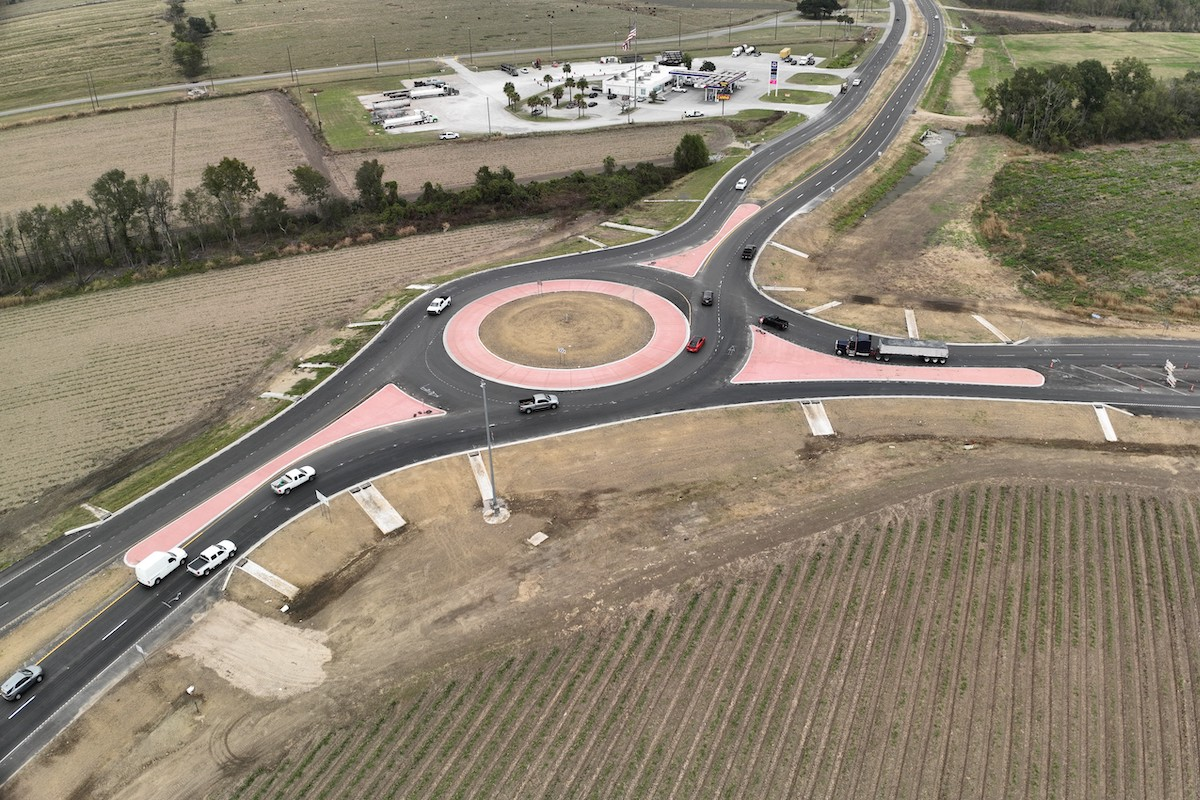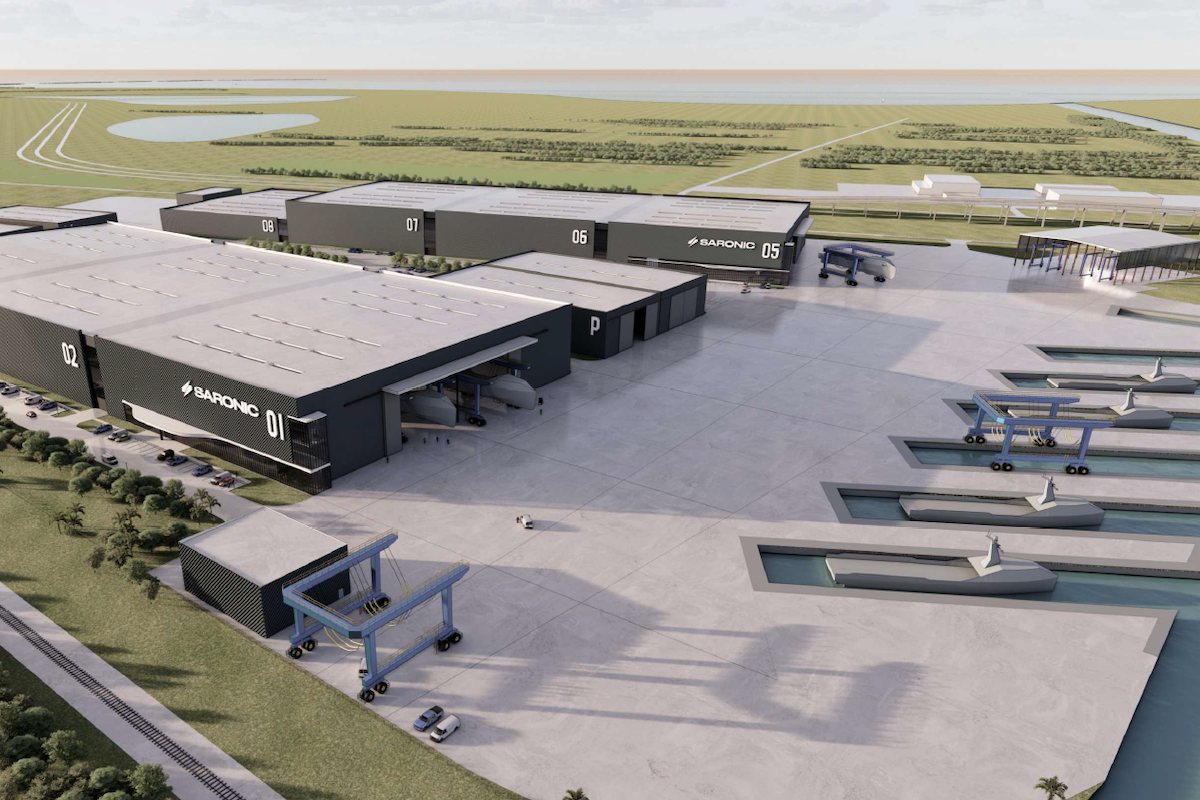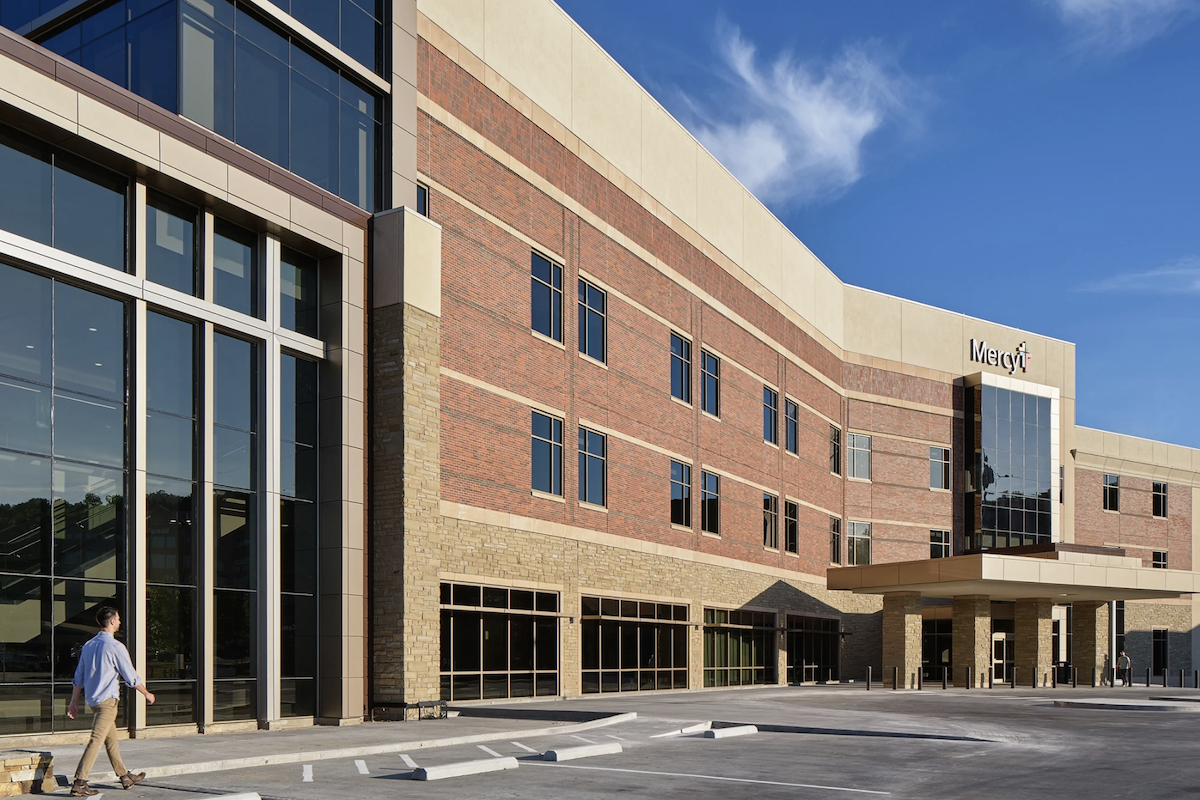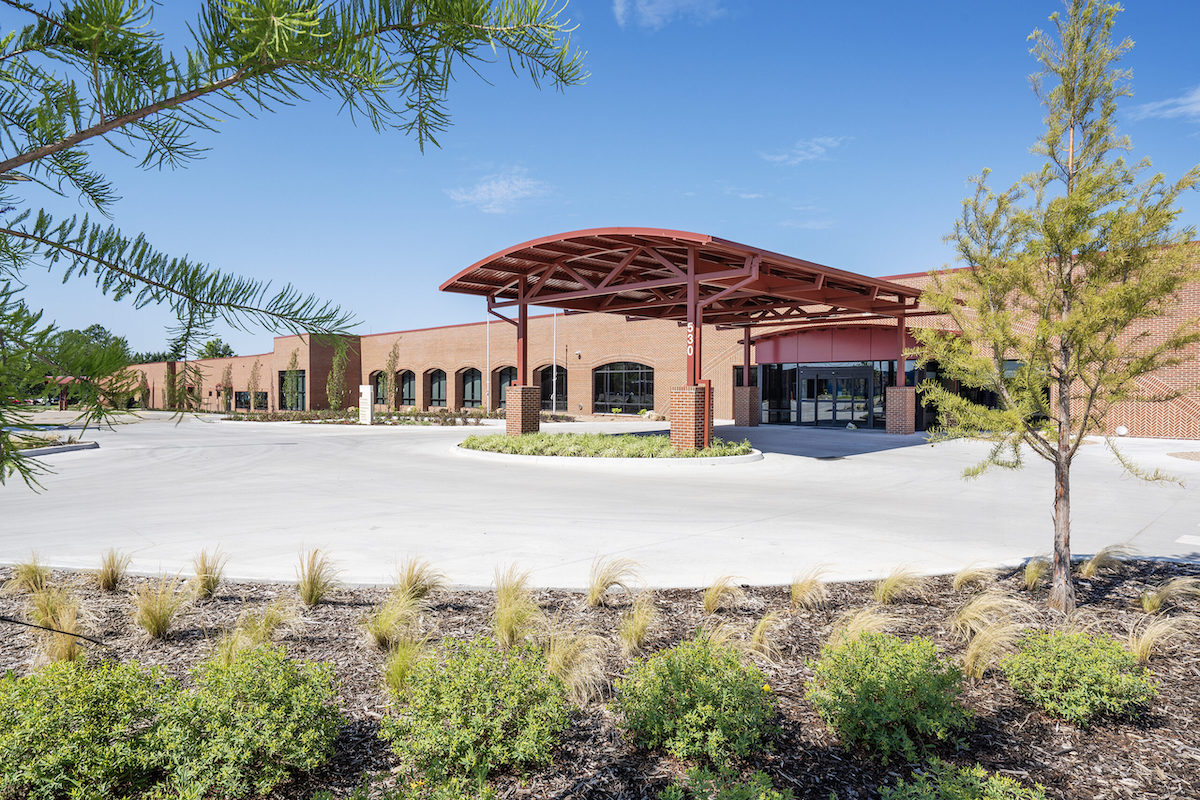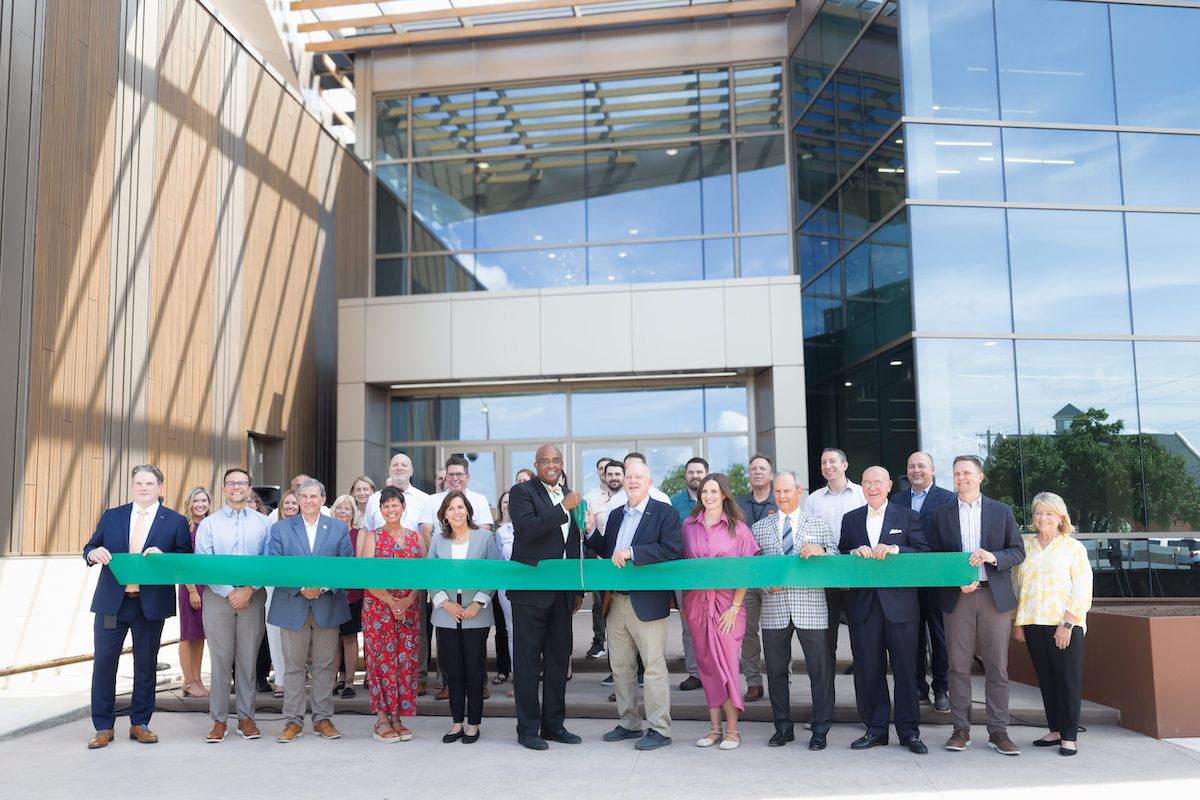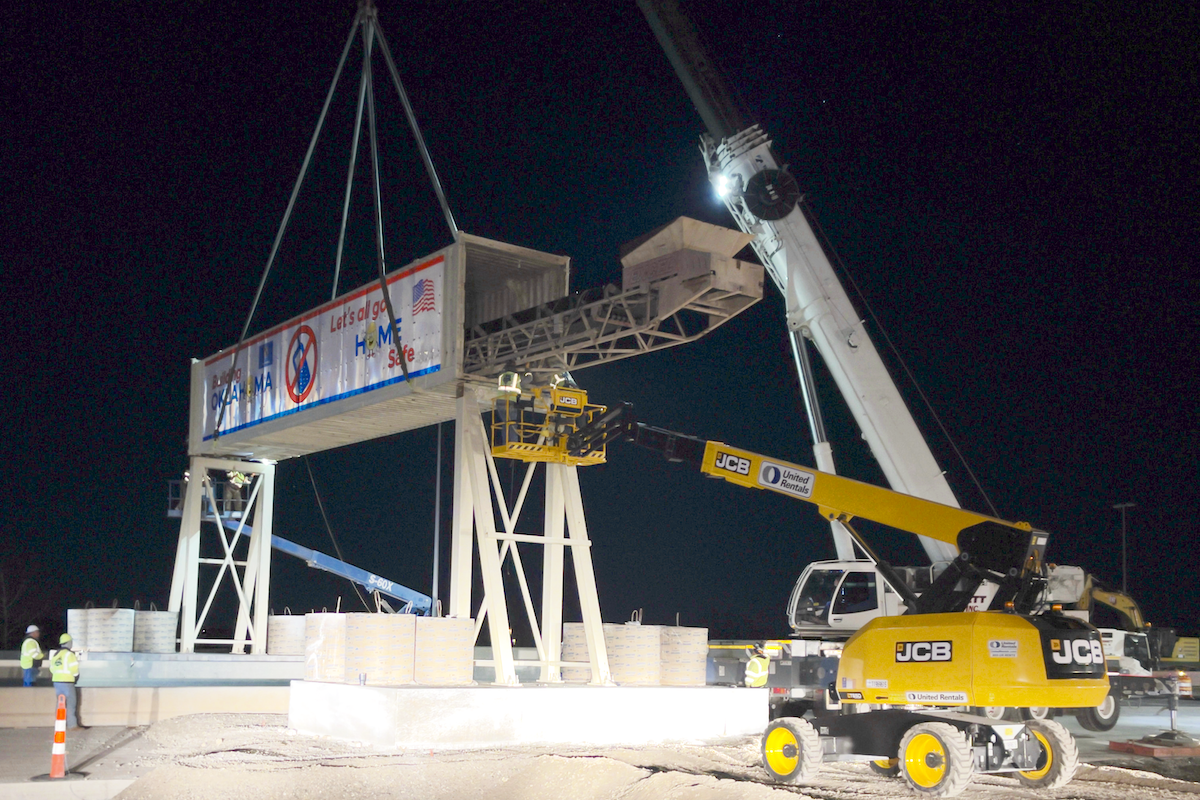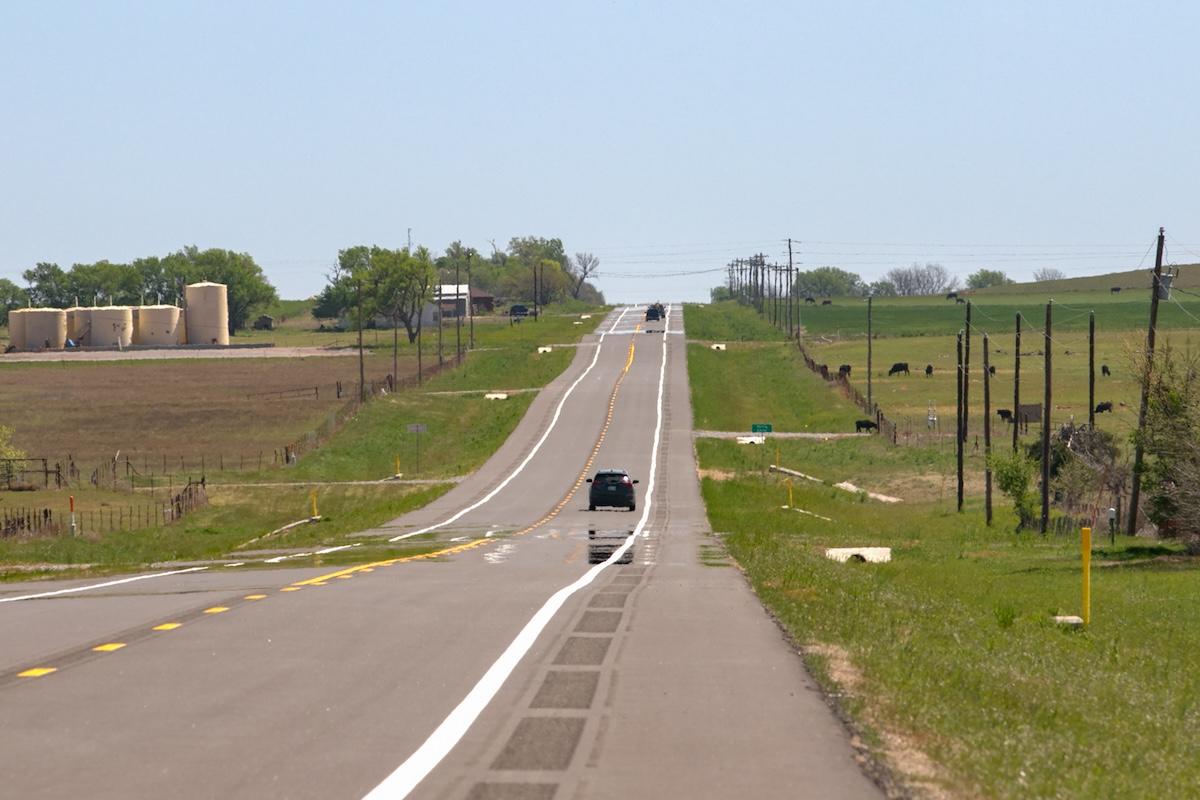The world’s busiest airport was not originally designed to accommodate today’s traveling hordes. Expansion was imperative for Hartsfield-Jackson Atlanta International Airport (ATL), which serves over 104 million passengers per year.
Concourse D, one of the original five concourses, was built over four decades ago and is one of the narrowest concourses at ATL at only 60 feet wide, with small gates and few amenities. It features an 18-foot circulation corridor and gate areas to accommodate 5,400 passengers.
While the concourse has had a number of renovations over the years, it remained a challenge to handle increasing amounts of passengers. The airport and airline stakeholders approved $1.4 billion for an expansion project to increase capacity and modernize Concourse D to accommodate larger Aircraft Design Group 3 aircrafts at all gates.
WSP serves as the program manager for the City of Atlanta’s Department of Aviation Capital Improvement Program that includes the Concourse D widening project.
WSP, along with joint venture partners H.J. Russell & Company and Turner & Townsend Heery, are providing multiple services, including program management, project management support, sustainability management, design management, project controls, contract administration, document control, invoice compliance, contracts, finance, design reviews, supplier diversity outreach, and monitoring and reporting.

| Your local Case Construction Equipment Inc dealer |
|---|
| ASCO Equipment |
The expansion will increase the overall concourse building size by 60 percent, resulting in improved operational efficiency. The new space will mean more restaurant options, larger restrooms, and bigger waiting areas, and the design will also be modernized, transforming it to have a glass curtain wall and metal-clad building envelopes with new gate portals rather than the existing dark and cramped interior.
Project design began in the spring of 2022, and underground utility enabling work kicked off in November 2023. Modular construction began in January of 2024.
The airport authorities and airline stakeholders wanted Concourse D to be business as usual where possible, with minimal construction project interruptions to operations.
“Taking a concourse out of operation would hamper operations severely,” said Chris Rogers, Senior Vice President Aviation Engineering at WSP and Program Manager for the Atlanta airport ATLNEXT Capital Improvement Program. “The question was, how do we minimize impacts to operation and achieve getting a new concourse? That sent us down this road of modular construction.”

| Your local Hitachi dealer |
|---|
| CLM Equipment Co |
With the objective of modernizing the concourse with new technological systems, as well as making it larger, program manager WSP developed an innovative plan using a blended strategy of traditional and modular construction.
The project is the first time the airport has used a blended construction approach, ultimately resulting in an overall cost savings when taking into account loss revenue opportunities, and making significant schedule reduction to the overall construction timeline compared to traditional construction methods.
The multi-phased project constructs a total of 19 modular sections at an offsite, six-acre project yard, approximately a mile away across the airfield.
While many people think of modular as being prefabricated construction, Rogers said that the modular section materials are the same materials one would find on a traditional construction project.

| Your local Komatsu America Corp dealer |
|---|
| WPI |
| Kirby-Smith Machinery |
“It is the same material, but we are building it in sections,” he said. “It is almost like Lego. You build a section off site. The longest one is 196 feet and 32 feet wide. We also have a number of other sections that are 42 or 48 feet long and 96 feet wide, and we have sections that are 96 feet long and 99 feet wide.”
The modules then take a mile-long journey between 1 and 4 a.m. on the same day of the week, keeping the airport fully functional while significantly reducing labor and time.
“It’s almost like renovating at home while you get to use parts of your house,” Rogers said. “That was the mandate that we set forth with, ‘Okay, how do we accomplish this with keeping it operational as much as possible?’”
WSP was given a maximum number of gates that they could close at one time, so they phased the project.

| Your local Yanmar dealer |
|---|
| CLM Equipment Co |
| WPI |
“Those gates that we closed initially, we would turn it back over for normal usage and the existing hold rooms, we would close those and proceed with deconstructing the remainder of the concourse, then proceed with typical stick-build reconstruction,” Rogers said. “So it's kind of an integrated method — modular and traditional stick build.”
“If we were demoing the concourse, it would've been out of operation for five to six years,” he added. “But in the manner that we're going about it, it only affects portions, so we're seeing operational efficiencies as well as construction efficiencies.”
Crossing two runways has required extensive coordination by the team. Each module is lifted by a Mammoet self-propelled modular transporter (SPMT) at the modular yard. The journey is just over a mile to Concourse D, taking roughly 45 minutes. The team went through different scenarios to be prepared to transport the modules.
“We had [a] backup plan that included extra equipment, parts, and personnel,” Rogers said. “A breakdown of equipment or personnel [of] any kind on a runway was not an option. They had a demolition crew if they had to dismantle the section that we just built so we could reopen a runway or our airfield. So they had a backup technician, backup parts, everything you could think of. They almost had a duplicate following the transport.”

| Your local NPK Construction Equipment Inc dealer |
|---|
| WPI |
Mammoet’s SPMTs at the modular yard are trailers that have a multitude of axles, with each axle having a capacity of 44,092 pounds. Each axle has two tires. These axles are hydraulically driven and steered electronically by one operator. Multiple steering configurations can be arranged to navigate obstacles and sharp turns.
“Our platform trailers come in four-, five-, six-, and eight-axle line sizes for easy shipment to the job site,” said Jay Solomon, Engineering Team Lead, Mammoet. “These trailers can be linked together to create large trailer configurations that are synchronized and controlled by the electronic system.”
Solomon said that the trailer configurations are determined by strength capacity and stability based on the cargo and travel path required. Mammoet’s SPMTs can also control their height. With an average ride height of 4 feet 11 inches, the trailer can be stroked down or up 1 foot.
“This feature is vital for the receival and self-offloading of cargo,” Solomon said.

| Your local Wirtgen America dealer |
|---|
| Kirby-Smith Machinery |
Five modules have been set in place thus far, with five additional modules to be moved in the next phase.
“The longest and heaviest of these was module five, which required a double wide 46-axle line SPMT arrangement,” Solomon said.
That SPMT arrangement was 241 feet 4 inches long with the power packs and weighed in at 1.53 million pounds. The SPMT was comprised of 46 axle lines, 184 axles, and 368 tires.
For this trailer arrangement, the maximum travel speed was 1.86 mph. “This speed allowed for the safe transportation of the module while also ensuring that we crossed the runways within the allotted timeframe,” Solomon said.

| Your local Takeuchi Mfg Ltd dealer |
|---|
| Kirby-Smith Machinery |
All of Mammoet’s equipment (trailers, jacks, and grillage) is rented for an agreed upon timeframe. Equipment is shipped back to the job site when the next phase is scheduled to begin. Personnel travel to the job site to receive the equipment and assemble for execution.
Rogers emphasized the extent of coordination that is needed for this project.
“It totally takes a team effort to execute such a plan. And I keep going back in my career, comparing it to traditional construction,” he said. “Once you begin traditional construction, there may be some coordination, but you own the construction site. Whereas this is an airport first, so you have to work around the existing operations and the passengers.”
“We don't want to impede the passenger experience,” Rogers added. “It's truly a daily job, and you always must have assigned people from all entities where you can go get answers. So that's one of the things that intensified the coordination effort.”

| Your local ASV dealer |
|---|
| CLM Equipment Co |
Rogers said that the most important communication strategy for collaboration on the project was not utilizing technology, but in-person meetings.
“Old fashioned, face-to-face meetings were an instrumental tool, obviously initially. We started out meeting with all stakeholders and the client all in a room, and there were a number of 7 o'clock meetings,” he said. “That effort of just coordination took about 14 months.”
“We did not take this lightly. It was not like another construction project,” Rogers said. “But I would say a lot of face-to-face, collaboration, extensive communications. We had documentation and extensive communication throughout the process. But ultimately, in the end it’s how you communicate that in layman's terms to people that are making the decisions. Everyone's not technical, but you have to have clear expectations and understanding of what the outcome is going to be from all parties.”
“This is totally a team effort. We could not do it without our partners H.J. Russell & Company, Turner & Townsend Heery,” Rogers said. “And it's the best client that you could have, as well as all of the stakeholders and other entities on the project.”

| Your local Hitachi dealer |
|---|
| CLM Equipment Co |
| ASCO Equipment |
“Todd McClendon, Senior Vice President of Aviation at WSP and Area Director responsible for several ATL Next Capital Improvement Program projects, and Edmond Ramos, Vice President Project Management at WSP and Deputy Concourse D Project Director, do an excellent job of being on the ground, day-to-day people,” he added. “They've garnished the trust and respect from the client to manage all resources and negotiate on their behalf. They've done an excellent job.”
“To accomplish something like this, you need everyone at the table who's truly invested in executing such a feat,” Rogers said.
The team has extended the North Pier by 288 feet and will be completing that phase of construction soon. It is open in a temporary state. Soon, they will be proceeding to phase three — the demolition of the existing concourse.
The airport expansion project is estimated for completion in the summer of 2029.



























